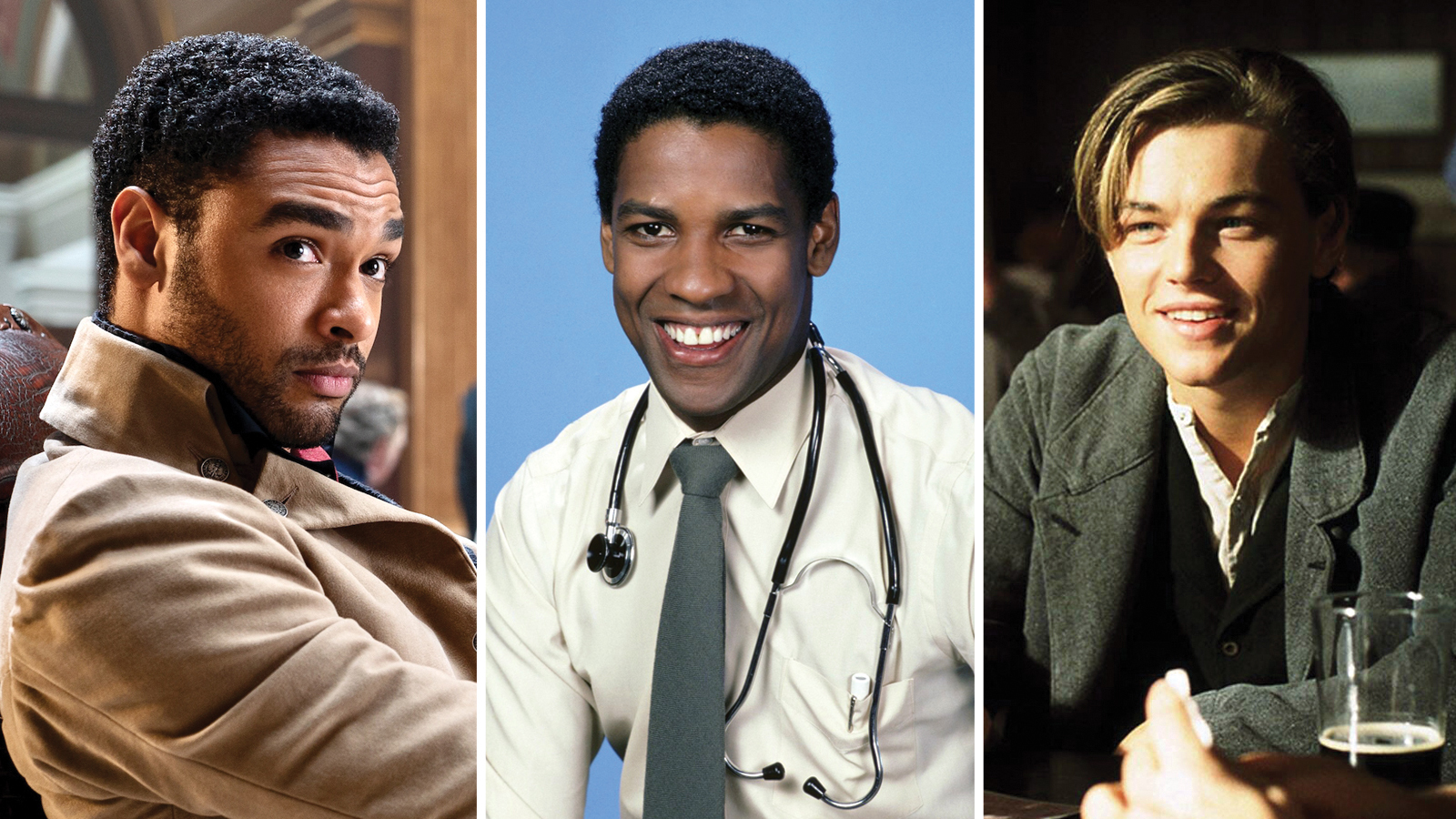Understanding Why Heartthrob Movie Stars Became Just Movie Stars
Review of From Heartthrob to Movie Star at SIFF
Written by Newsroom Writer Malak Kassem and edited by Teen Editor Disha Cattamanchi

Have you ever wondered what—and who—makes a successful film? Would Hollywood be what it is today without heartthrobs? From Heartthrob to Movie Star dissects how the entertainment industry uses the everlasting effects of the female gaze to produce bankable male actors. The SIFF webinar discussed actors including Leonardo DiCaprio, Denzel Washington, and George Clooney and the fame they gained with performances in rom-coms.
Faridah Gbadamosi, the facilitator and creator of the class, treated the event as a discussion while approaching the lesson. Taking place on Zoom, participants responded to questions asked by speaking through the mic, or by typing in the chat box. Participants were able to chime in with their ideas as the lesson progressed. People were commenting on movie clips, and sharing memories that came with certain movies, along with their take on the female gaze. Gbadamosi, who was knowledgeable and passionate about the topics she presented, led the class through enriching and collaborative discussion. Scenes and clips from various films and TV shows were played to observe points in the lesson. The webinar was visual, interactive, and engaging, but mostly, it was informative. Gbadamosi engaged with the virtual format in an engaging way, as it has been utilized throughout the pandemic. However, the zoom format was more isolated, and limited interaction with fellow participants.Viewers could have benefited from an in-person format due to a grander scale of networking with fellow classmates. Nonetheless, Zoom made the class more accessible, as Gbadamosi and myself joined from the east coast.

Participants watched video clips of male actors and discussed the movies that launched their careers, with some examples being: Dicaprio in Titanic, Washington in St. Elsewhere, and James Dean in his most celebrated movie, Rebel Without A Cause. Studying these actors and their revolutionary characters, Gbadamosi taught about their relevance to Hollywood, their own careers, and female viewers. These actors were an obsession that became hair, fashion trends, and posters on bedroom walls. These heartthrobs were timeless, making it through generation after generation, all stemming from the female gaze and rom-coms.
The term “female gaze” refers to the perspective of the female audience, and the thoughts and feelings that they impose on a movie. Attendees also learned that directors and producers use the female perspective as a business tactic, primarily through rom-coms. The objective in rom-coms is to create romance and humor, often leading to an attachment to male characters. Gbadamosi shared the statement, “Women value men as people, men value women as objects.” Women usually view fictional male characters through a combination of personality and looks. Because of this, I think women bring diversity to heartthrobs, since certain women are attracted to certain men, giving men of all races and ethnicities an opportunity to launch their career. Additionally, as trends shift, women value a spectrum of unique features that men portray at certain periods of time. Due to the incredible success that the female gaze delivered to Hollywood, twentieth century Hollywood was devoted to producing rom-coms and heartthrobs.
The class was extremely relevant to modern times. Gbadamosi explained the decline of beloved and sought after male icons in modern day Hollywood. More recently, actors discovered that becoming successful through the female gaze resulted in a lack of diverse roles or parts in film. In short, they discovered that once they became a rom-com icon, they remained a rom-com icon. The decline in male interest created a domino effect, resulting in a lack of female-adored movies.
The negativity actors have developed towards rom-coms is causing a decline in instant money-making actors. In his time, Tom Cruise's appearance in a movie guaranteed millions in revenue. This level of stardom does not exist to the same degree. Of course, we have Noah Centineo in today's era, thanks to the hit rom-com To All The Boys I’ve Loved Before. However, Centineo is one of the very few heartthrobs that have been produced in modern Hollywood. He is also acknowledged predominantly by teenage girls, as the movies he appears in target a young audience, limiting his reach.
This SIFF webinar was definitely worth my time. It was a short, sweet, educational experience. It emphasized the importance females hold in the entertainment industry, and how much they control in our society. In my opinion, this class gave me the unique understanding that the industry relies just as much on women and their perception, as it does money. It’s important to understand that men have grown out of the tradition to rely on the female gaze, and that as they continue to shift away from rom coms, male actors become less valuable to women. Hollywood loses the opportunity to produce “classics” without women as a target audience. Can’t male actors just accept the fact that the female gaze is important to the entertainment industry?
From Heartthrob to Movie Star was presented by SIFF in November of 2021. For more information see here.
Lead photo credit: Photo from UNSPLASH by Philippe Collard
The TeenTix Newsroom is a group of teen writers led by the Teen Editorial Staff. For each review, Newsroom writers work individually with a teen editor to polish their writing for publication. The Teen Editorial Staff is made up of 6 teens who curate the review portion of the TeenTix blog. More information about the Teen Editorial Staff can be found HERE.
The TeenTix Press Corps promotes critical thinking, communication, and information literacy through criticism and journalism practice for teens. For more information about the Press Corps program see HERE.

